1. A brief introduction to Hoa Lu Ancient Capital
Hoa Lu Ancient Capital is a unique architectural complex recognized by UNESCO as one of the four core areas of the Trang An World Heritage Complex (Photo source: Collected)
Address: Truong Yen Commune, Hoa Lu District, Ninh Binh Province
Traveling to Hoa Lu Ancient Capital not only takes visitors back in time to the birth of Vietnam’s first feudal state, but also opens the door to explore a complex of cultural and spiritual relics. This is the capital of the Dinh and Tien Le dynasties – the dynasties that laid the foundation for national independence and firmly protected the territory in the early days of the nation’s founding.
The highlight of the ancient capital is the ancient architecture of King Dinh Tien Hoang Temple and King Le Dai Hanh Temple, which were elaborately built with traditional design, imbued with national identity. Each construction here is a living testament to the talent, intelligence and patriotism of the ancients.
Not only attractive for its architectural and historical values, this land is also home to unique intangible cultural heritages such as Xam singing, Cheo singing and especially the Hoa Lu Ancient Capital Festival - an occasion for people to remember their ancestors and demonstrate their strong community spirit.
Possessing a prime location, harmonious landscape between mountains and rivers, and enduring historical value, Hoa Lu Ancient Capital is an ideal choice for those who are passionate about exploring history, learning about culture and contemplating the eternal beauty of a sacred land.
2. Ideal time to travel to Hoa Lu Ancient Capital
Traveling to Hoa Lu Ancient Capital can be done at any time of the year, however, to have the most complete trip, you should choose the time that suits your experience needs:
Spring (January - March): This is the peak season of traditional festivals in Ninh Binh. In particular, the Hoa Lu Ancient Capital Festival takes place from the 8th to the 10th of the third lunar month, an ideal occasion to immerse yourself in the unique cultural atmosphere with spiritual activities and folk art performances. The weather at this time is cool and pleasant, very suitable for exploring historical sites.
Summer (April - June): Although somewhat hot, this is the time when the ancient capital puts on its natural green beauty. The vast rice fields and green trees create a peaceful scene, ideal for those who love quiet and want to learn about the depth of culture.
Autumn (July - September): Ninh Binh weather in autumn may have light rain, but in return is a romantic, magical picture of nature. If you don't mind light rain, this is also a great time to admire the poetic beauty of the ancient capital.
Winter (October - December): The cold air makes Hoa Lu Ancient Capital more quiet and ancient than ever. This is a suitable occasion for you to experience the depth of history and culture, as well as feel the peace in the sacred space of the ancient capital.
3. Learn about the history of Hoa Lu Ancient Capital
You can visit Hoa Lu Ancient Capital at any time of the year, but spring is probably the most ideal time (Photo source: Collected)
The ancient capital Hoa Lu is a sacred land, marking the glorious history of the Vietnamese people. After more than 1,000 years, this place still retains its profound historical and cultural values, clearly reflecting the early period of the feudal state of Vietnam.
In the 10th century, after unifying the country by suppressing the 12 warlords, Dinh Bo Linh ascended the throne as Emperor, founded the Dinh Dynasty and chose Hoa Lu as the capital of Dai Co Viet. This event opened a new era for the independent and sovereign nation.
During the 42 years (968–1010), Hoa Lu witnessed the formation and development of three great dynasties: Dinh, Tien Le and Ly. This place was once the center of important events such as: the victory over the Song army under Le Hoan, the event of Ly Cong Uan moving the capital to Thang Long... - all of which contributed to shaping the history of the nation.
After the capital was moved to Thang Long, Hoa Lu became the ancient capital but still played an important role in the country's defense. Relics such as King Dinh Tien Hoang Temple, King Le Dai Hanh Temple, Nhat Tru Pagoda or Am Tien Cave still exist today as living proof of a glorious period.
Nowadays, traveling to Hoa Lu Ancient Capital is a journey of discovery that is both historical and cultural. When coming here, visitors not only learn about Hoa Lu historical relics, but also have the opportunity to admire unique ancient Vietnamese architectural works amidst the majestic natural scenery of Ninh Binh.
4. Discover the beauty of Hoa Lu Ancient Capital
The ancient capital of Hoa Lu, a land of ancient and mysterious beauty, is a destination not to be missed for those who love Vietnamese history and culture.
4.1. Unique architecture
Traveling to Hoa Lu Ancient Capital is a journey to discover an ancient architectural complex imbued with historical breath and national spirit. Temples and mausoleums built in the 10th century such as King Dinh Tien Hoang Temple, King Le Dai Hanh Temple, Nhat Tru Pagoda or Am Tien Cave all possess the typical architectural style of the feudal period, clearly expressed through sophisticated carvings and unique structures. This is not only a testament to ancient construction techniques but also a priceless cultural and historical heritage, attracting tourists who love to learn about ancient architecture, Vietnamese culture and the history of the Dinh - Le dynasties.
4.2. Spiritual cultural space
The ancient capital of Hoa Lu is home to many valuable intangible cultural heritages such as the Hoa Lu ancient capital festival, Cheo singing, Xam singing... These are unique cultural features, contributing to enriching the spiritual life of the people here.
5. Typical works in Hoa Lu Ancient Capital
Temple of King Dinh Tien Hoang (Photo source: Collected)
The ancient capital of Hoa Lu is a special national historical relic complex with many typical works bearing the mark of history and unique architecture. Below are some of the most prominent works:
5.1. Temple of King Dinh Tien Hoang
King Dinh Tien Hoang Temple, one of the most typical architectural works of the ancient capital of Hoa Lu, is located in Truong Yen commune, Hoa Lu district, Ninh Binh province. This ancient temple was built on the foundation of the old palace of King Dinh Tien Hoang, the king who unified the country and suppressed the rebellion of 12 warlords in the 10th century.
The temple's architecture bears the traditional features of the Dinh Dynasty, with elaborate carvings on wood and stone, demonstrating the talent of ancient artisans. The temple has a "Cong" shape, consisting of three main buildings: the Worship Hall, the Incense Burning Hall, and the Main Palace.
King Dinh Tien Hoang Temple is not only a valuable historical relic but also an important spiritual destination for the Vietnamese people. Every year, during the Hoa Lu Ancient Capital Festival (from the 8th to the 10th of the third lunar month), the temple attracts a large number of visitors from all over the country to offer incense and commemorate the king who made great contributions to building and protecting the country.
5.2. Temple of King Le Dai Hanh
About 300m north of Dinh Tien Hoang Temple, Le Dai Hanh Temple is a typical construction bearing the historical and cultural mark in the journey to Hoa Lu Ancient Capital. The temple was built in the 17th century to commemorate the second king of the Tien Le Dynasty - who had great contributions in protecting the border and promoting the national economy.
The architecture of King Le Dai Hanh Temple is typical of the Later Le Dynasty, consisting of three main buildings: Bai Duong - where traditional ceremonies are held; Thieu Huong - where the court's mandarins are worshiped; and Chinh Cung - a solemn worship space for King Le Dai Hanh. Each building exudes an ancient and harmonious look, worthy of being a valuable Hoa Lu historical relic.
The highlight of the temple lies in the exquisite wood carvings. The images of dragons, phoenixes, flowers and leaves are vividly depicted, reflecting the masterful crafting techniques of ancient Vietnamese architects.
Not only a stopover to explore culture, King Le Dai Hanh Temple is also a spiritual tourist destination that attracts many visitors and people to offer incense, showing respect to a wise king who contributed to shaping the history of the nation.
5.3. Nhat Tru Pagoda
Located in the Hoa Lu Ancient Capital tourist complex, Nhat Tru Pagoda (also known as One Pillar Pagoda) is a unique spiritual destination in Yen Thanh village, Truong Yen commune, Hoa Lu district, Ninh Binh. This is one of the ancient pagodas in Ninh Binh with historical, cultural and architectural values typical of the Dinh Dynasty.
Built in the 10th century, Nhat Tru Pagoda started out as a small hermitage to worship Buddha. Over the centuries, the pagoda was renovated and expanded with items such as the Tam Quan gate, the main hall, the ancestral house, the guest house and the tower garden - bearing the strong imprint of Dinh Dynasty Buddhist architecture. The most special highlight of the pagoda is the stone sutra pillar placed in front of the yard, recognized as one of the precious national relics.
The pillar is over 4 meters high, made from a single block of green stone and engraved with the Shurangama Sutra in Chinese characters. The shape of the pillar resembles a blooming lotus, both artistic and a sacred symbol in Vietnamese Buddhism. Not only a spiritual tourist destination, Nhat Tru Pagoda is also a place to preserve the cultural spirit and beliefs of the ancient capital of a thousand years of civilization.
5.4. Temple of Princess Phat Kim
Belonging to the famous scenic complex when traveling to the ancient capital of Hoa Lu, Princess Phat Kim Temple is a spiritual place in Ninh Binh containing many layers of cultural and historical sediments. The temple was built to commemorate Princess Phat Kim - the beloved daughter of King Dinh Tien Hoang - who is said to be both talented and virtuous.
According to folklore, Princess Phat Kim not only possessed a stunning beauty but was also famous for her intelligence and kindness. In her journey to preserve the country’s independence and stability, she left many profound impressions. However, her life went through many events and ended with a tragic fate.
The temple is located on a 500m2 courtyard, consisting of three main parts: the central shrine area, the left wing and the right wing. The entire structure is a unique example of ancient Vietnamese architecture, with curved tiled roofs, long-standing ironwood columns and sophisticated hand-carved patterns. In the middle of the temple is a statue of Princess Phat Kim, exuding majesty and kindness, as a way for people to express their gratitude to her.
With its long-standing historical values, spectacular natural landscapes and unique cultural depth, traveling to Hoa Lu Ancient Capital is not only a sightseeing trip but also a journey of experience, contemplation and connection with the origin. Whether you are a lover of Vietnamese history, a follower of spiritual space or simply a tourist looking for a peaceful land, Hoa Lu Ancient Capital will surely leave you with unforgettable impressions.
Source: https://www.vietravel.com/vn/am-thuc-kham-pha/du-lich-co-do-hoa-lu-v17354.aspx


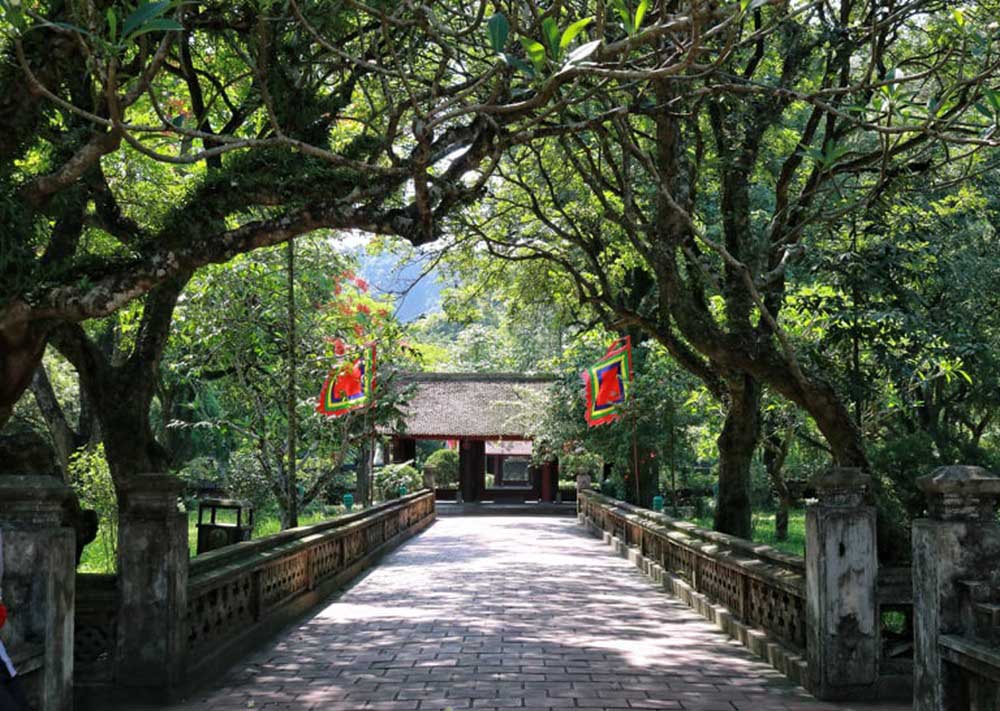
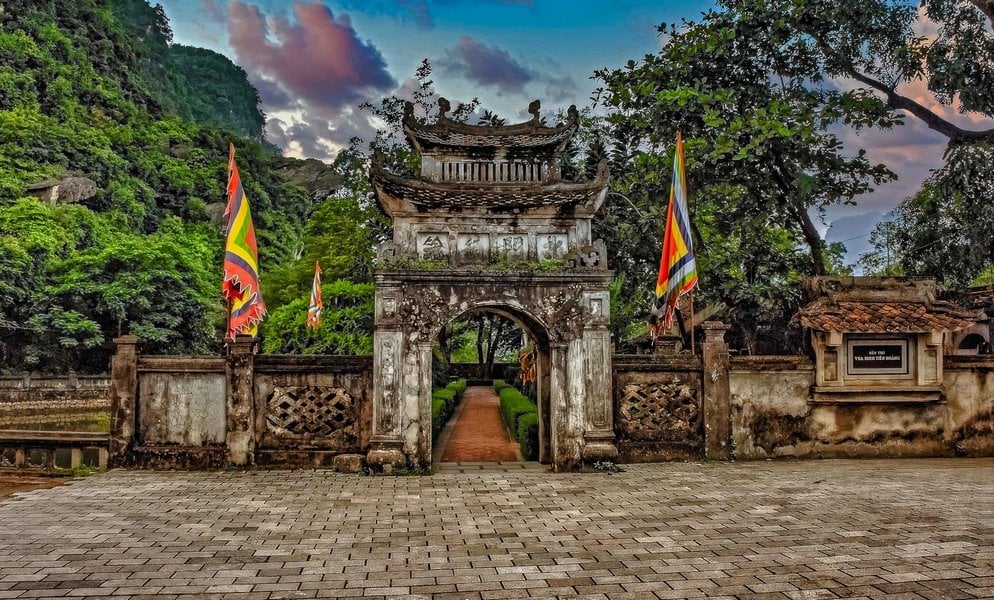
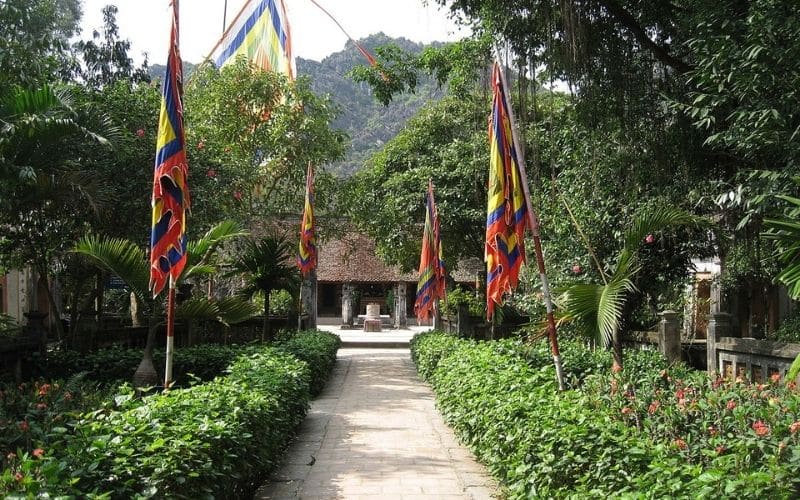
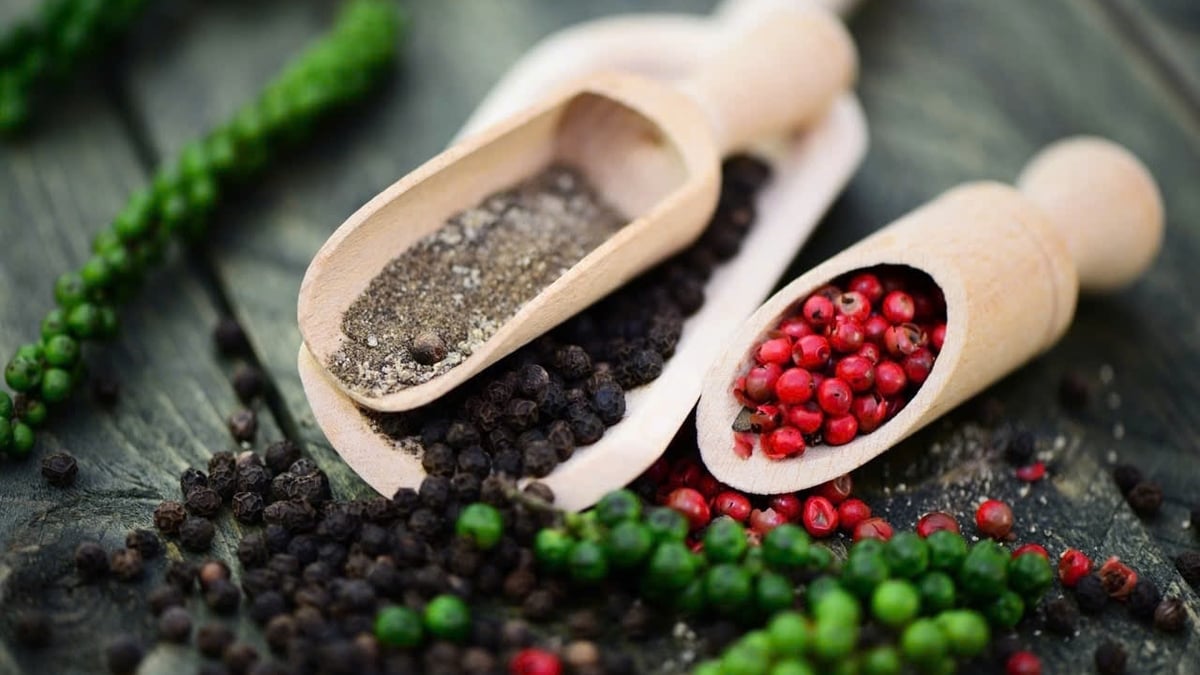

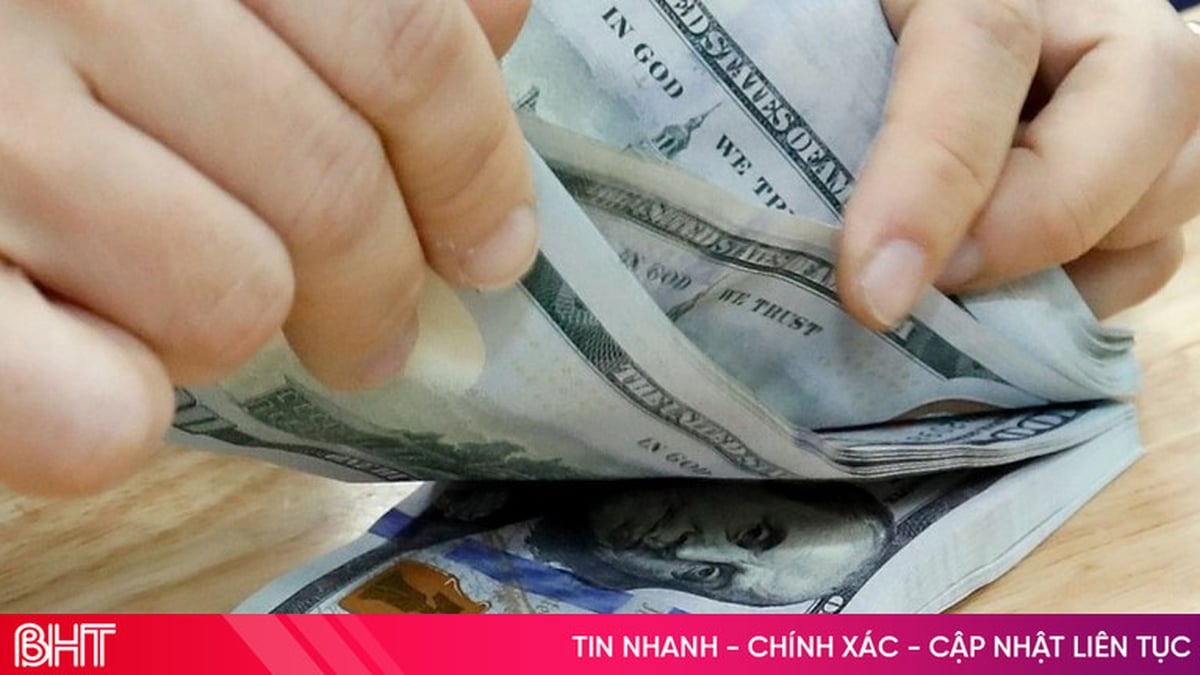


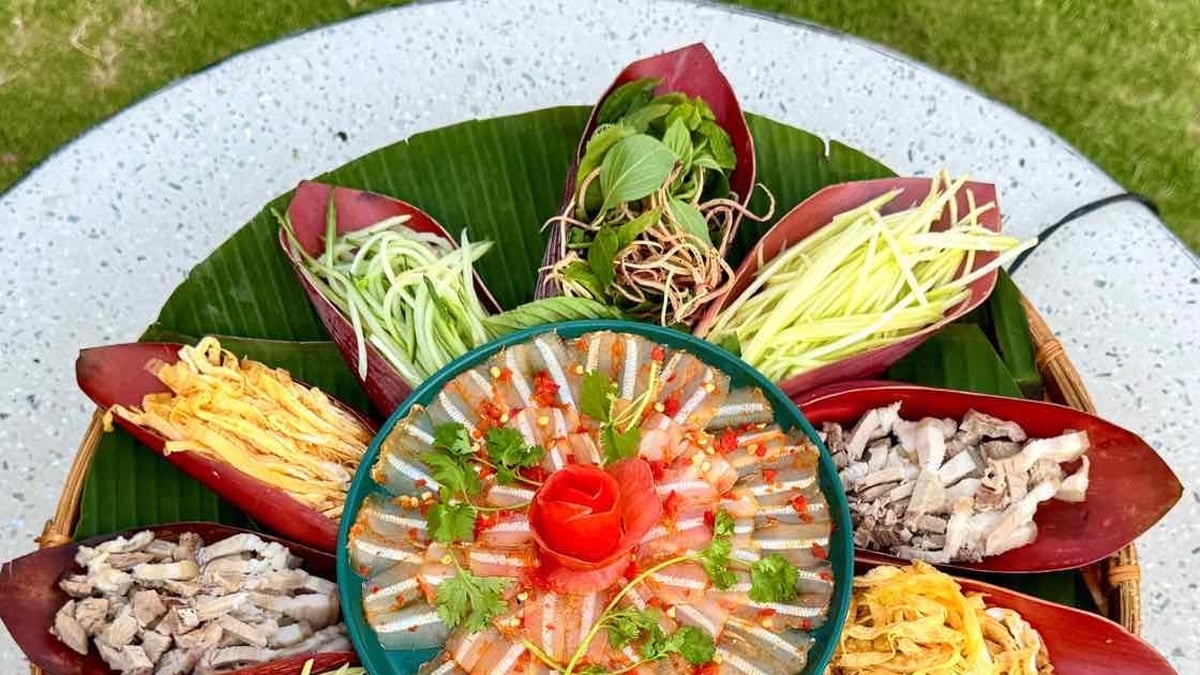
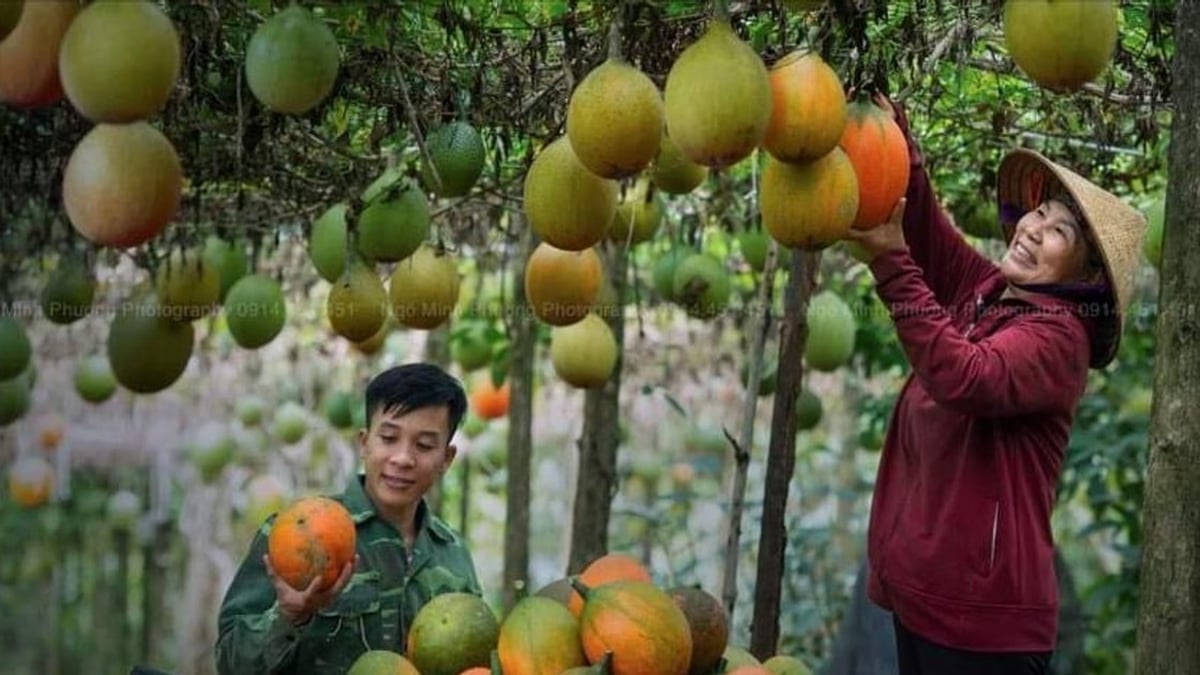
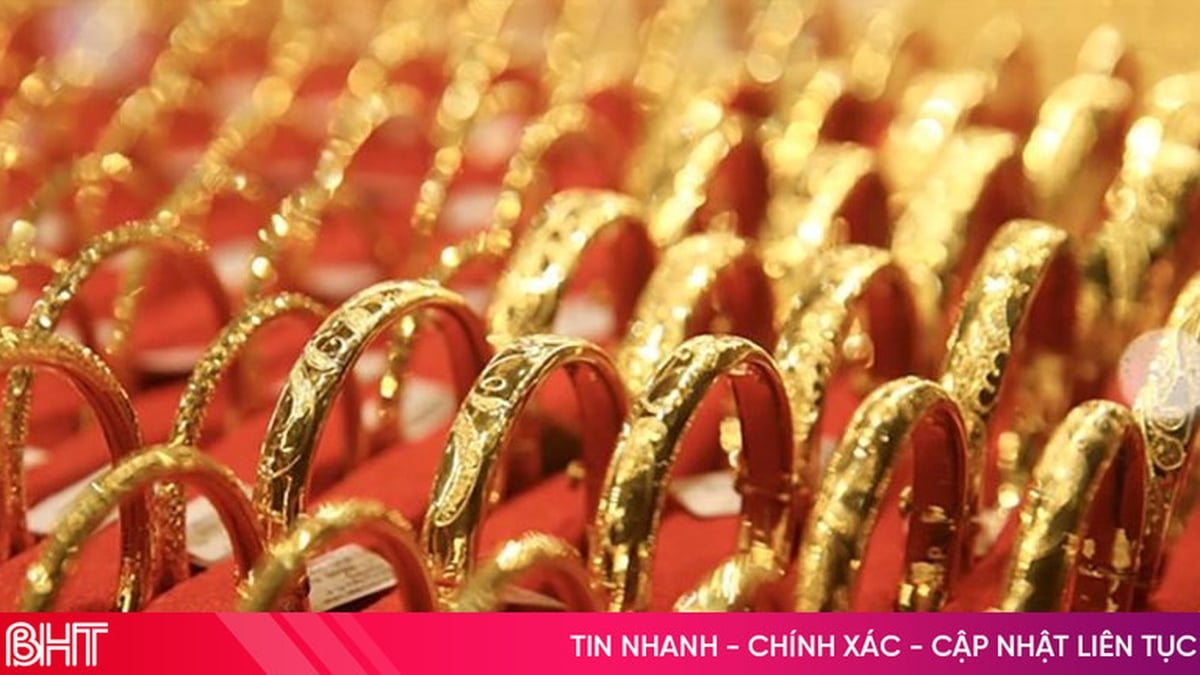
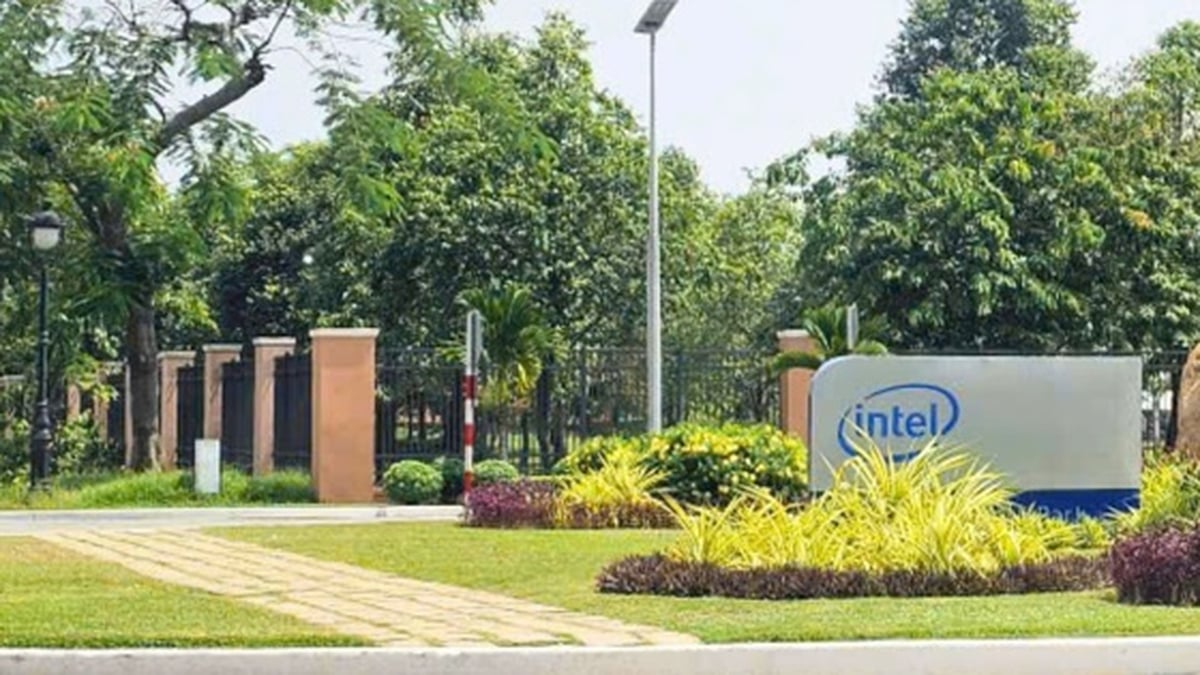
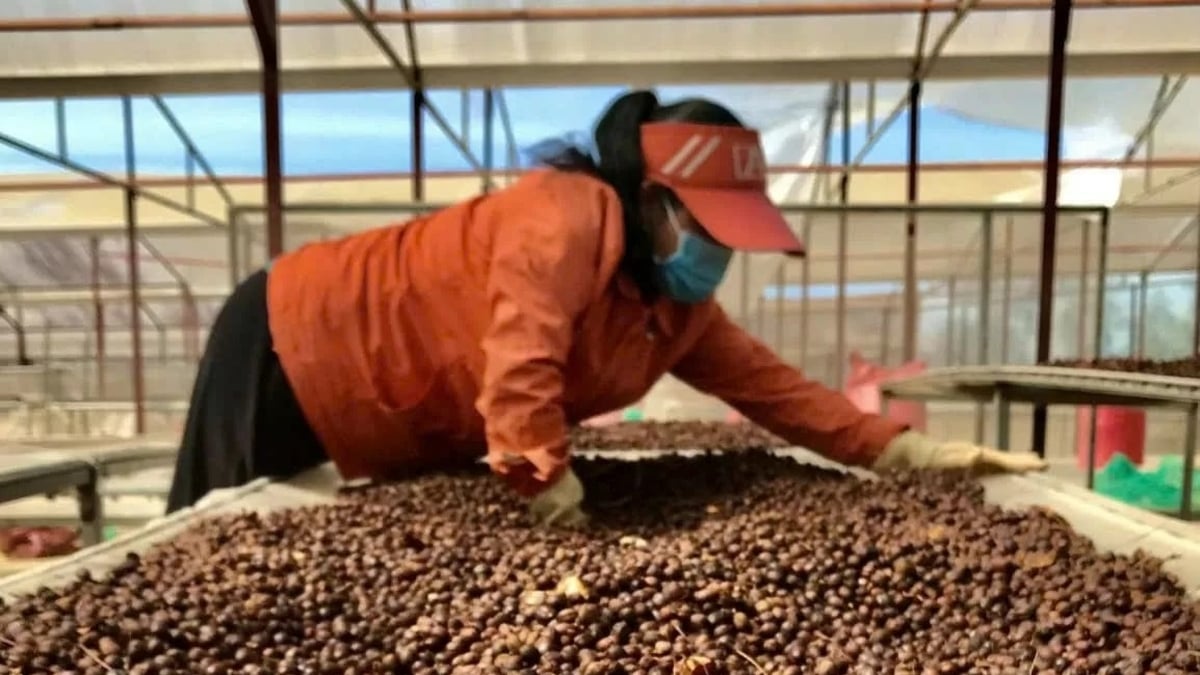











![[Photo] Nghe An: Provincial Road 543D seriously eroded due to floods](https://vphoto.vietnam.vn/thumb/1200x675/vietnam/resource/IMAGE/2025/8/5/5759d3837c26428799f6d929fa274493)








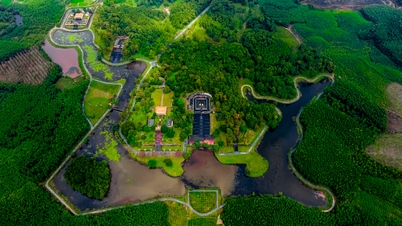



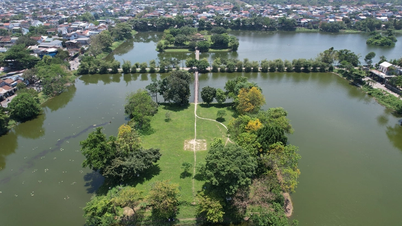
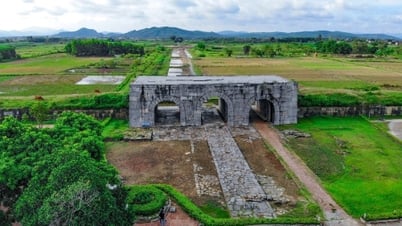

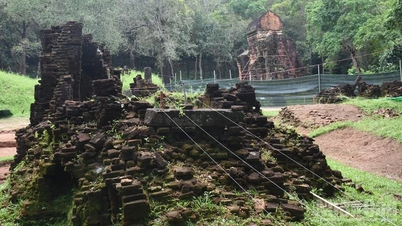
















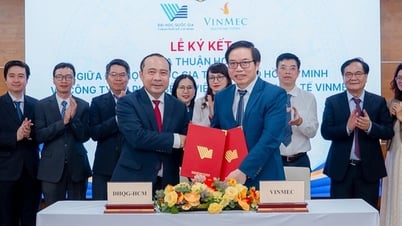

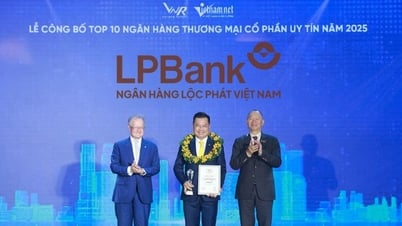
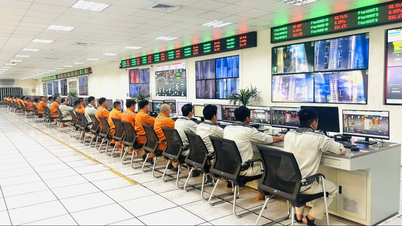

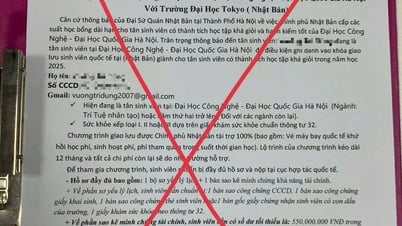










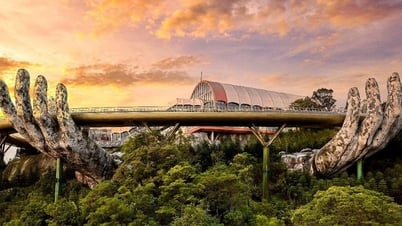
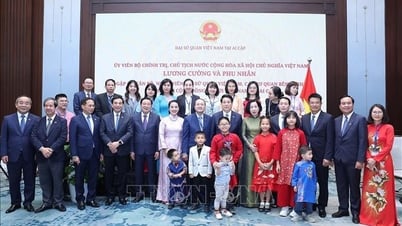

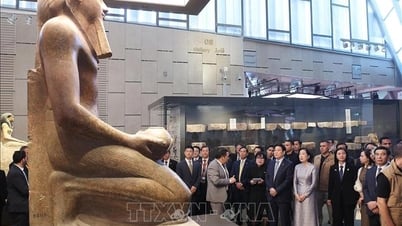






















Comment (0)